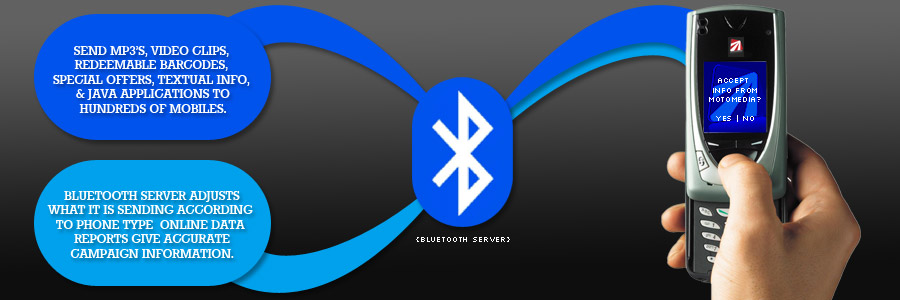Data transfer Rate Of Bluetooth,Problems with Bluetooth and How to create Connection
When you use computers, entertainment systems or telephones, the various pieces and parts of the systems make up a community of electronic devices. These devices communicate with each other using a variety of wires, cables, radio signals and infrared light beams, and an even greater variety of connectors, plugs and protocols.
There are lots of different ways that electronic devices can connect to one another. For example:
When any two devices need to talk to each other, they have to agree on a number of points before the conversation can begin. The first point of agreement is physical: Will they talk over wires, or through some form of wireless signals? If they use wires, how many are required -- one, two, eight, 25? Once the physical attributes are decided, several more questions arise:
 |
| How Bluetooth Works |
When you use computers, entertainment systems or telephones, the various pieces and parts of the systems make up a community of electronic devices. These devices communicate with each other using a variety of wires, cables, radio signals and infrared light beams, and an even greater variety of connectors, plugs and protocols.
There are lots of different ways that electronic devices can connect to one another. For example:
- Component cables
- Electrical wires
- Ethernet cables
- WiFi
- Infrared signals
When any two devices need to talk to each other, they have to agree on a number of points before the conversation can begin. The first point of agreement is physical: Will they talk over wires, or through some form of wireless signals? If they use wires, how many are required -- one, two, eight, 25? Once the physical attributes are decided, several more questions arise:
- How much data will be sent at a time? For instance, serial ports send data 1 bit at a time, while parallel ports send several bits at once.
- How will they speak to each other? All of the parties in an electronic discussion need to know what the bits mean and whether the message they receive is the same message that was sent. This means developing a set of commands and responses known as a protocol.




